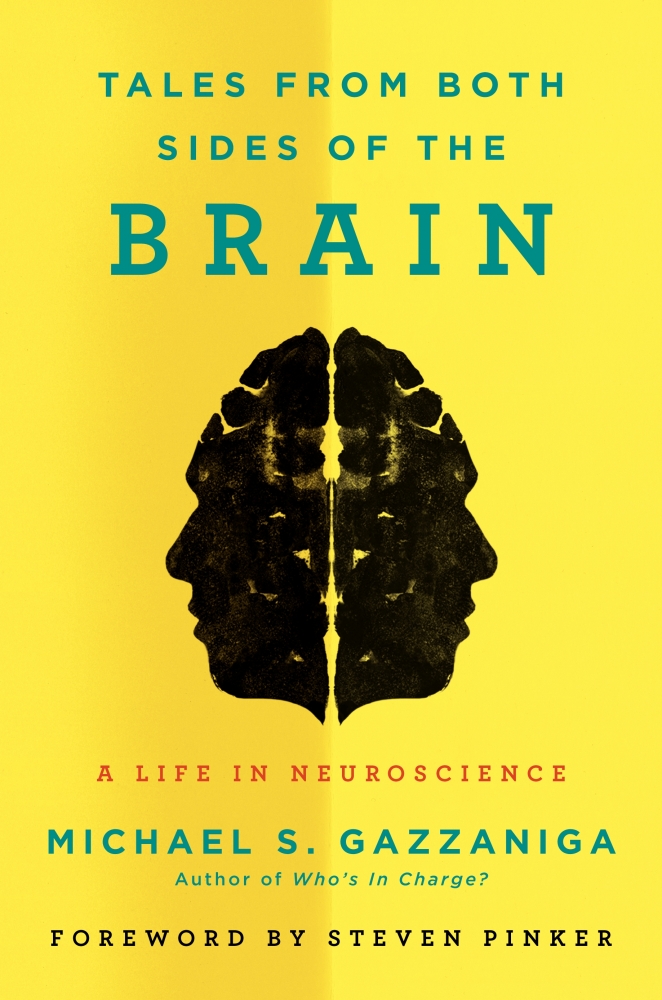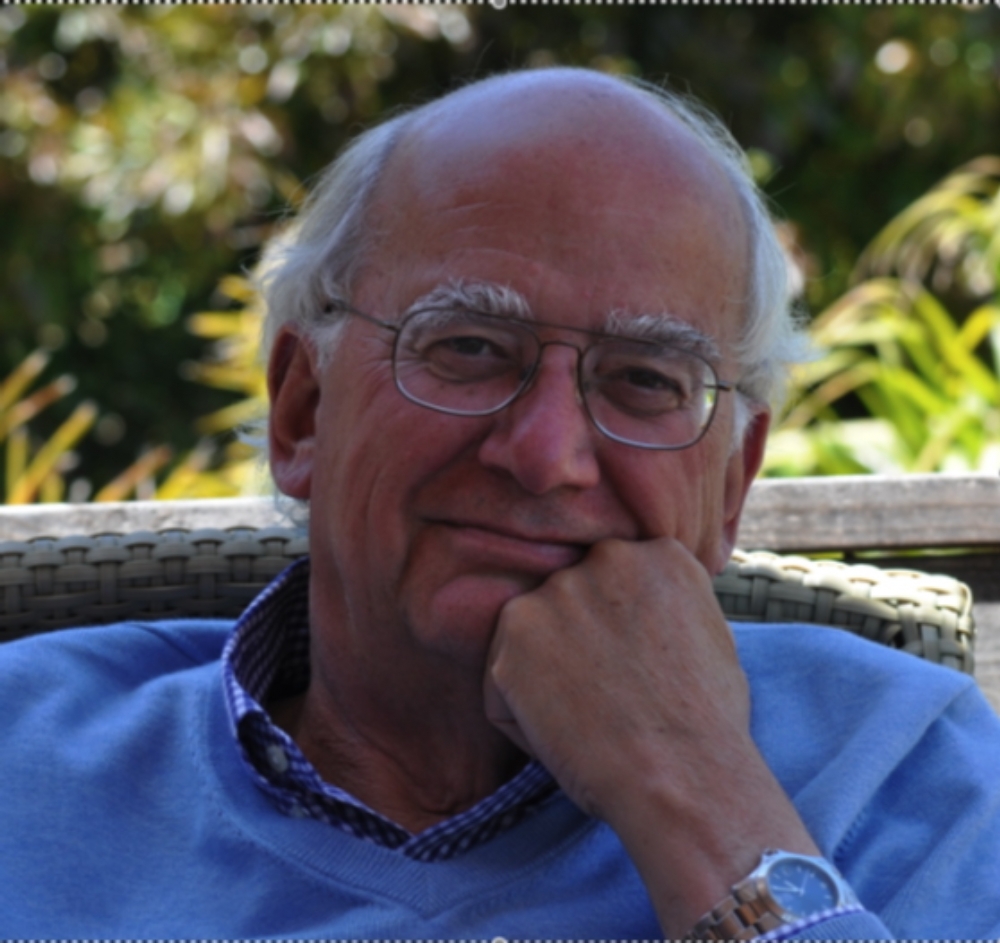
Tales From Both Sides of the Brain

When Michael Gazzaniga began working on the latest of his many books, he expected to write a scientific review of the last 50 years of the study of the split brain, work that added to the understanding of what many of us know as the left brain and the right brain.
What Gazzaniga, director of the SAGE Center for the Study of the Mind, soon realized was that one of the best stories he could tell was his own, in the form of a memoir: “Tales From Both Sides of the Brain: A Life in Neuroscience” (Ecco/HarperCollins, 2015).
“What became interesting to me was that a life in science is not this lonely, austere thing. Instead, you’re getting ideas from others. It’s a very social process,” said Gazzaniga, also a professor in the Department of Psychological and Brain Sciences.
“I think, in a way, people who are teetering on going into a life in science versus one in medicine or other ways of spending a life associated with science, they think it’s going to be isolated or it’s going to be lonely. It’s just not true,” he said. “I hope a lot of students who read this will understand you can keep all these other activities that make for a rich life outside the lab, and that’s part of what makes for a great life inside the lab.”
Gazzaniga’s tales include the intense and giddy early days of his academic career at the California Institute of Technology, where he earned his Ph.D. in psychobiology in 1964. While at Caltech, Gazzaniga conducted experiments under Roger Sperry, who later shared the 1981 Nobel Prize in Physiology or Medicine for his work in split-brain research, studying subjects with a severed corpus callosum. The corpus callosum connects the two hemispheres of the brain.
Gazzaniga’s work has earned him renown as one of the fathers of cognitive neuroscience, and his book predictably attracted the attention of the scholarly journal “Nature.”
The study of the brain is complicated stuff, of course, as are some of the issues Gazzaniga has been asked to address. As a member of The President’s Council on Bioethics under George W. Bush, he contributed to the discussion about ethical issues related to stem cells.
“What is the moral status of an embryo and should we really confer on it the status of an adult? There, bam, the first question,” Gazzaniga said. “What is a 14-day-old blastocyst? Is it a brain? No, the brain isn’t there yet. Are you really going to confer this status on a brainless group of cells? You realize neuroscience has to have a posture.”
The advances in the understanding of the brain over the more than 50 years Gazzaniga has studied it boggle the mind — both hemispheres. What lies ahead, he can only imagine.
“What’s happening is there’s an explosion coming of technological advances. You hear this all the time and it’s true: The computational capacity for analyzing complex data is exploding,” he said. “My guess is a scientific paper written 20 years from now will sound and read completely differently because of the changes going on in the field.”
However, Gazzaniga said, the goals ultimately remain what they long have been: “How does the brain make us who we are? That mental life that we all enjoy, how is it all built?”



